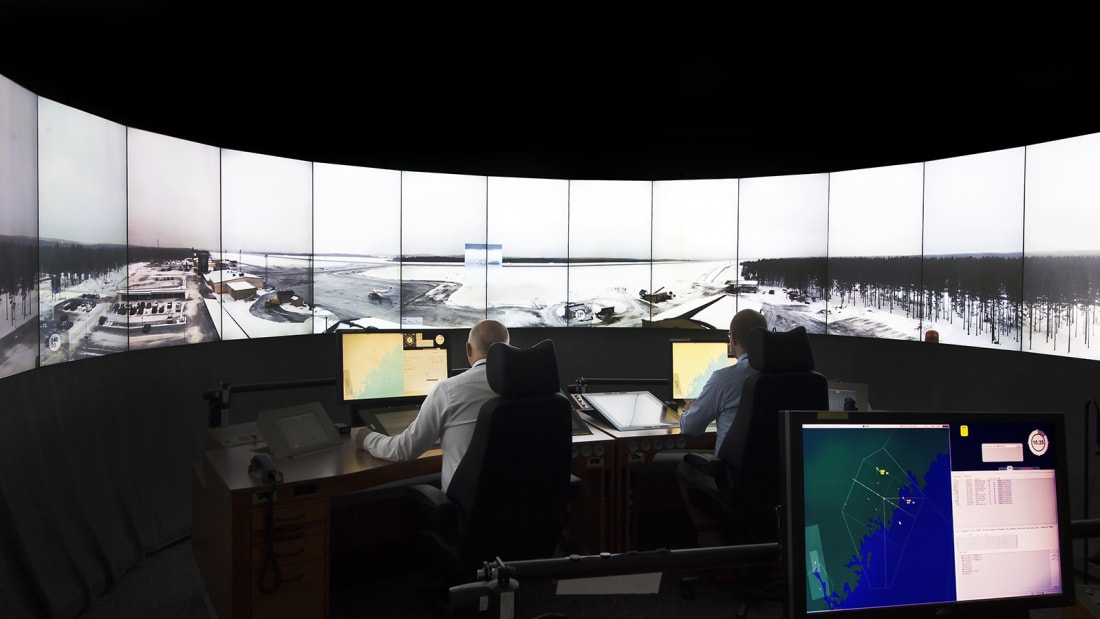Future Technologies in ATC: Remote Digital Towers
Just recently A military airbase in Florida is testing a remote digital tower that allows air traffic control to take place hundreds, or even thousands of miles, away from runways. Testing was done using real-world scenarios and the airbase’s daily operations.
Meanwhile the Scandinavian Mountains Airport, with IATA code SCR is the first airport in the world to be built without an Air Traffic Control tower. The air traffic management is conducted from Sundsvall, 350km away of the airport. The remote tower monitors the airport with 17 wide-angle cameras, giving the ATCOS in Sundsvall real time control.

Image from Scandinavian Mountains Airport.
But what are the benefits of a remote digital tower?
- They can provide aerodrome control services to more than one aerodrome, where dedicated and/or local air traffic services are considered neither sustainable nor cost-effective.
- Small and less controlled aerodromes can have enhanced safety nets, with the provision of aerodrome control services from a remote location.
- Remote Digital Towers can act as a contingency tower to maintain aerodrome control operations in case of an emergency of the main tower.
- By providing a digital feed of the aerodrome controller’s view to airport operations control centres, Remote Digital Towers can also enhance the situational awareness of airport stakeholders in collaborative decision making and in responding to emergency situations.
- They will reduce the the need for large-scale ground-based infrastructure and expensive equipment.
Improvements in digital surveillance technology, more accurate sensors, safer and faster data transmission links, data-processing systems, higher definition displays and improved cyber safety will enable the industry to start moving faster towards Remote Digital Towers.
Sources:


